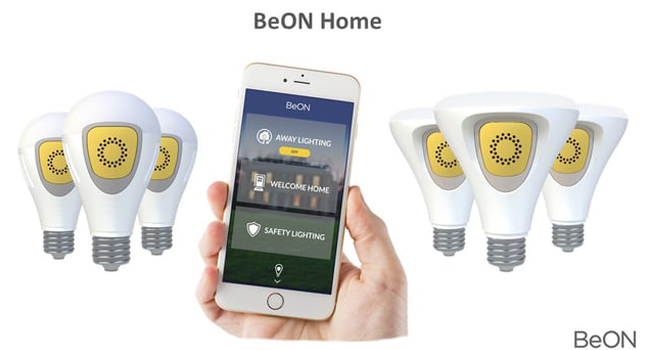
Why Families Prefer Prevention over Reaction When it Comes to Home Security
- By Alexei Erchak
- Jul 27, 2015
Protecting our homes from intrusion and invasion is a high priority for most, yet only 20 percent of U.S. households own a monitoring system and less than one-third keep it activated at all times (ADT Newsroom , n.d.). Traditional security systems can be expensive, require regular interaction to set and disarm an alarm, and create stress with false alarms. Monitored security can be an important component of home safety, especially in a true emergency. However, with overburdened public safety services, homeowners often look for a proactive approach to keeping their families safe.
Just as the Affordable Care Act brings millions of new patients into the healthcare system each year requiring more efficient and flexible means for care, increased security monitoring and false alarms puts increased strain on police forces in local communities. Beyond that, statistics from the Bureau of Justice show that the police often don’t respond until the break-in is over and the intruder is gone. The bureau says that 69% of police responses take longer than five minutes and 45% take longer than 10 minutes (US Bureau of Justice , n.d.). Now, with increased smart home security tech and homeowner demand for prevention, it is easier than ever to use familiar elements like light, sound and motion as a DIY approach to protect your home.
The move to expand the idea of security beyond a reactive monitoring system in the home is already underway. Measures like neighborhood watch groups and using timers on lamps for occupancy appearance while away are already popular methods of home and community protection. More than 40% of U.S. residents live in areas with neighborhood watch groups. These groups are proven to reduce crime by reducing opportunities for crimes to occur and preventing break-ins before they even begin. The next step is figuring out how to harness the technology we already use in our lives to add preventive layers of security for our homes.
Why Home Invasions Happen
There are more than five million home burglaries every year in the U.S., and the majority happens when no one is home. It’s one of the worst feelings imaginable, you go away on vacation and come home to find out your home has been broken into. Although home burglaries may seem random in occurrence, they actually involve a selection process. The burglar's methods for selection are relatively simple. Choose a home with the easiest access, the greatest amount of cover, and with the best escape routes and then make sure no one is home. According to many security experts (and criminals), potential burglars will check to see if a home is occupied by ringing the doorbell before finding a more secluded area of a residence to break into.
The key to designing home security that prevents as opposed to reacting means looking beyond the point of intrusion, all the way to the home’s front curb. Today, smart home and IoT technology is being developed to add security layers that mimic the preventative nature of the Neighborhood Watch and deter burglars. Using home automation, control and preventative safety technologies can help to create the appearance of authentic occupancy within the home and ensure effective crime prevention. The idea is to prevent the intruder from even stepping into the driveway because technology in the home has made it appear that someone is home. And if they do take the step to the front door, a combination of intelligent systems that incorporate light and sound will give a clear warning to anyone brave enough to ring the doorbell: We are home.
About the Author
Alexei Erchak is the founder and CEO of BeON Home.